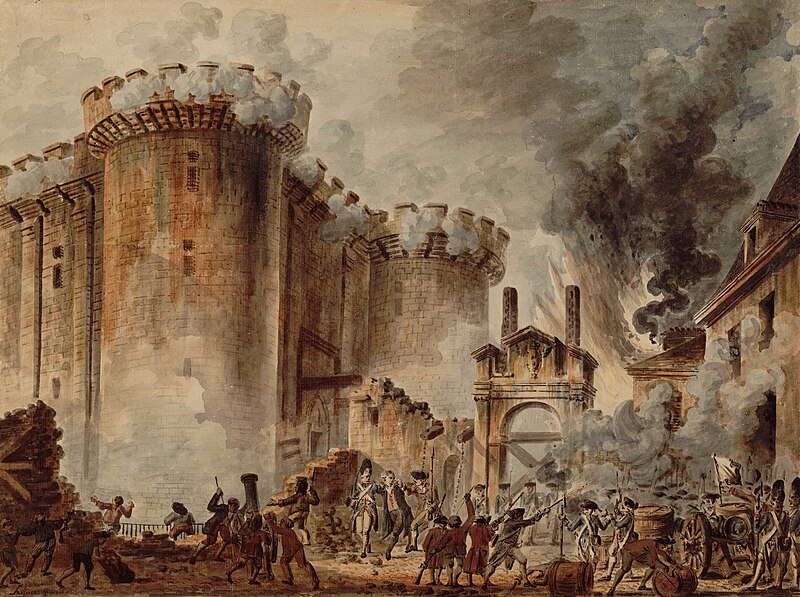We all know water is essential to life. At the same time we have to keep in mind that it can also sustain deadly diseases including typhoid, cholera, giardia, dysentery, e. coli, hepatitis, and salmonella. It wasn't until the late 19th century that science really began to understand diseases, their vectors, and methods of control and prevention. It's no wonder that the fermentation of beer was an early cultural practice in human history around the world. Beer was reliably safer than water. It traveled better, lasted longer, and had some medicinal properties as well. The magic molecule was alcohol.
By the 15th century and the burgeoning age of distant empires it was already apparent that ships full of soldiers and sailors needed to carry water. Unfortunately it didn't last more than a few weeks in a barrel or ceramic container under a hot tropical sun. Beer wasn't much better, nor was wine, but rum was almost perfect as a cheap, plentiful, and long-lasting alternative. In 1650, the Royal Navy introduced the tot ration, a daily amount of rum for every sailor. It was a welcome offering for crews whose work was brutal, dangerous, and little more than enslavement for those pressed into service. The practice of the rum (or tot) ration and its benefits and liabilities became an essential part of Royal Navy life. Despite a growing temperance movement in the 1870s and the increasing complexity of tasks, the practice continued until the last piping of "Up Spirits" on July 31, 1970. That day is remembered as Black Tot Day. The practice ended in Canada in 1972 and in New Zealand in 1990. Here is the story of the rum ration and its iterations throughout its more than 300 year history.
 |
| Splicing the main brace with the Royal Navy |
The end of the rum ration had an enormous impact on producers in the British Empire and its territories, particularly in the Carribean. Many distillers had an association with the ration for centuries. It was a tough decision to put aside such a long tradition but all was not lost. The rum stocks were auctioned and warehoused by the new owner in Gibralter. From there, he supplied select Royal Navy vessels, Royal Air Force and Army messes, and even a few choice bars with the treasured rum. In 1979 Charles Tobias secured the rights to the original Admiralty recipe and founded Pusser's Rum, named after the Ship's Purser who oversaw its daily distribution to sailors. Here's more on the Pusser story.
"Splice the main brace" was the common response to the sound of "Up Spirits" on the bosun's pipe.
It would be fitting tonight to pour an ounce or two of rum - obviously Pusser's if you have it - and add twice the amount of water to make a grog. Now find your best comfortable chair and sit back and enjoy it while thinking about Black Tot Day and the end of a great naval tradition.
Sources












































